Kees van Dongen (1877-1968)
Get a Kees van Dongen (1877-1968) Certificate of Authenticity for your painting (COA) for your Kees van Dongen (1877-1968) drawing.
For all your Kees van Dongen (1877-1968) artworks you need a Certificate of Authenticity (COA) in order to sell, to insure or to donate for a tax deduction.
Getting a Kees van Dongen (1877-1968) Certificate of Authenticity (COA) is easy. Just send us photos and dimensions and tell us what you know about the origin or history of your Kees van Dongen (1877-1968) painting or drawing.
If you want to sell your Kees van Dongen (1877-1968) painting or drawing use our selling services. We offer Kees van Dongen (1877-1968) selling help, selling advice, private treaty sales and full brokerage.
We have been authenticating Kees van Dongen (1877-1968) and issuing certificates of authenticity since 2002. We are recognized Kees van Dongen (1877-1968) experts and Kees van Dongen (1877-1968) certified appraisers. We issue COAs and appraisals for all Kees van Dongen (1877-1968) artworks.
Our Kees van Dongen (1877-1968) paintings and drawings authentications are accepted and respected worldwide.
Each COA is backed by in-depth research and analysis authentication reports.
The Kees van Dongen (1877-1968) certificates of authenticity we issue are based on solid, reliable and fully referenced art investigations, authentication research, analytical work and forensic studies.
We are available to examine your Kees van Dongen (1877-1968) painting or drawing anywhere in the world.
You will generally receive your certificates of authenticity and authentication report within two weeks. Some complicated cases with difficult to research Kees van Dongen (1877-1968) paintings or drawings take longer.
Our clients include Kees van Dongen (1877-1968) collectors, investors, tax authorities, insurance adjusters, appraisers, valuers, auctioneers, Federal agencies and many law firms.
We perform Kees van Dongen art authentication, appraisal, certificates of authenticity (COA), analysis, research, scientific tests, full art authentications. We will help you sell your Kees van Dongen or we will sell it for you.
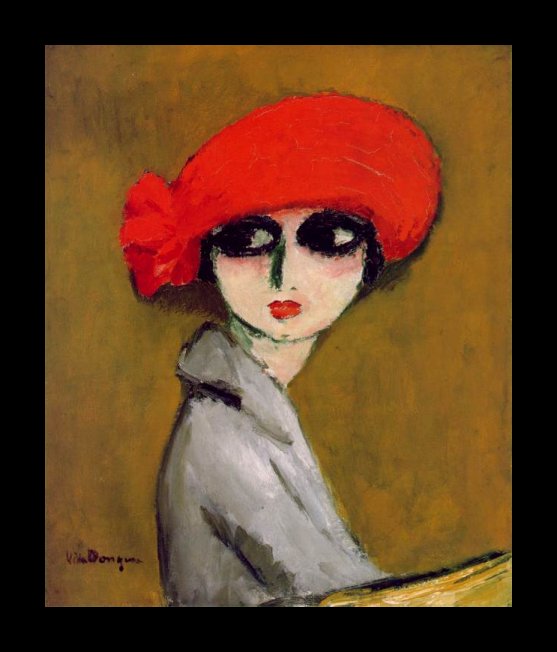
Kees van Dongen was one of the most influential painters in the Fauve movement known for his sometimes outlandish portraits. Born Cornelis Theodorus Maria van Dongenin the Netherlands, van Dongen had his first artistic training at the Royal Academy of Arts in Rotterdam from 1892-1897. As a student, he sketched the denizens of Rotterdam’s port, generating a taste for the demi-monde which affected much of his later art. He later moved to Paris at the age of 20, where he would stay and pursue his career as an artist. In 1905 he participated in the Salon d’Automne which launched the brief but fiery career of the Fauvists (wild beasts), so-called because of their use of garish colors and apparent crudeness. Matisse also exhibited at this Salon, one of several parallels in their art.
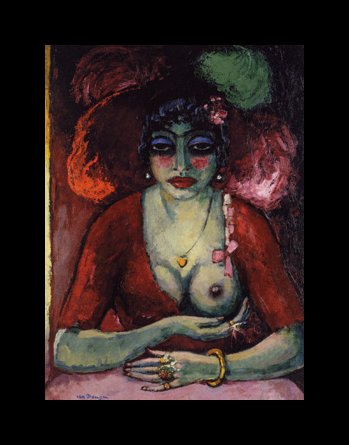

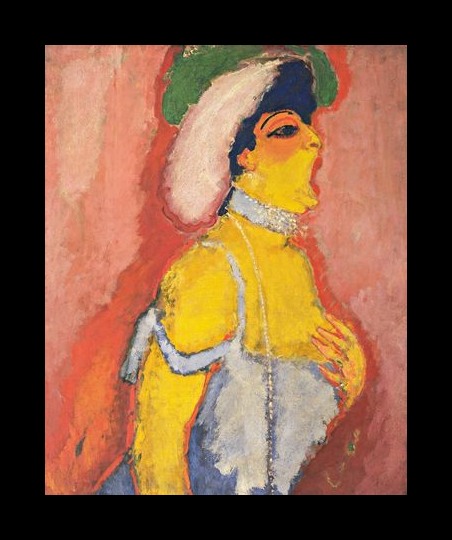
His earliest work was in the style of Impressionism, but changed course in 1906 after he discovered Fauvism. He lived in Montmartre, as so many other artists did at this time, and became friends with Matisse, Picasso and others. At this time, Van Dongen was associated with Picasso and his circle. He was making all the right connections, as impecunious as he and the other young luminaries were at the time. Van Dongen was in effect a retailer of the bright lights of Paris, albeit a satirical one. His popularity soared and financial success was assured. Van Dongen was always in some sense a society artist, so it should not surprise that in later years he became a sought-after portraitist, though rarely painting conventional portraits. He might have been made for radical chic.
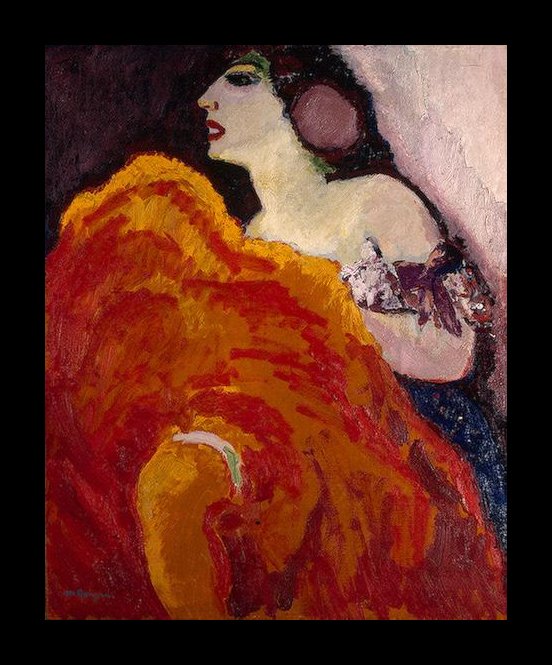
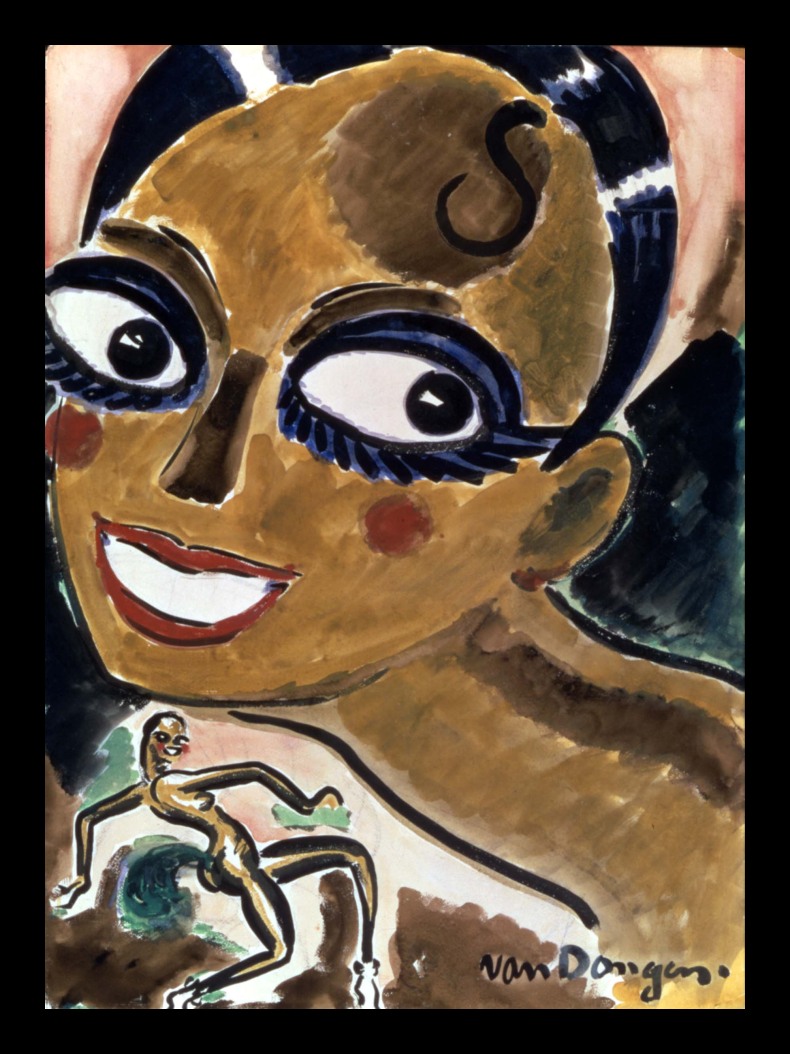

In 1908, he briefly joined the Die Brucke group and started to paint in their Expressionist/Fauvist style. Van Dongen supplemented his income by selling satirical sketches to the influential Revue Blanche (1889-1903), a Parisian literary and artistic periodical, as well as other publications. Artists such as Toulouse-Lautrec and Vuillard contributed, along with the leading radical writers of the day.

Van Dongen was always open to new influences. As his long life unfolded he became less innovative and more derivative. The one-time brave precursor of German Expressionism and Fauvism became less and less influential, though he remained popular, attuned to the market as he was.
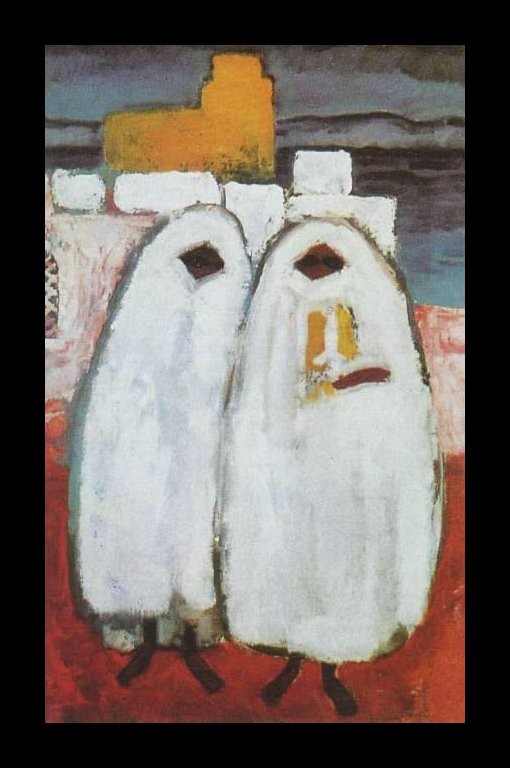
His early work is conventional, reflecting the traditions of French art stretching back to the 18th Century. Some of his early drawings hark back to Pissarro, Manet and Courbet. Yet he was simultaneously producing radical work, at a time when Picasso was still an academic painter.
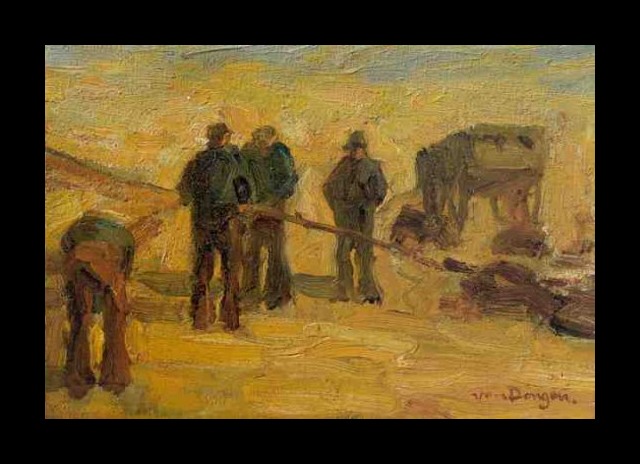


This traditional/radical dichotomy continued through his career. His Fauvism was influenced by the poster art which reached its apogee in Paris with Toulouse-Lautrec and his circle: bold, direct, and colorful- the dramatic simplification of advertising. His immersion in the social whirl of the metropolis, a heady experience for a suburban Dutchman, was the real driver of his art.
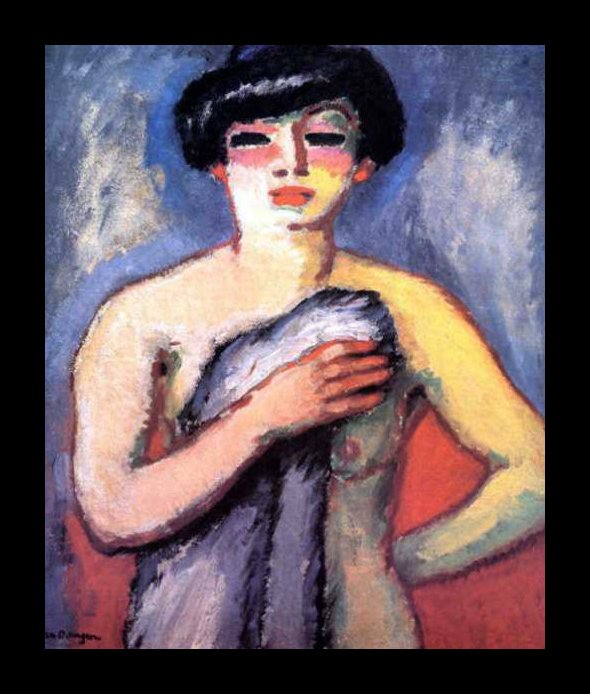

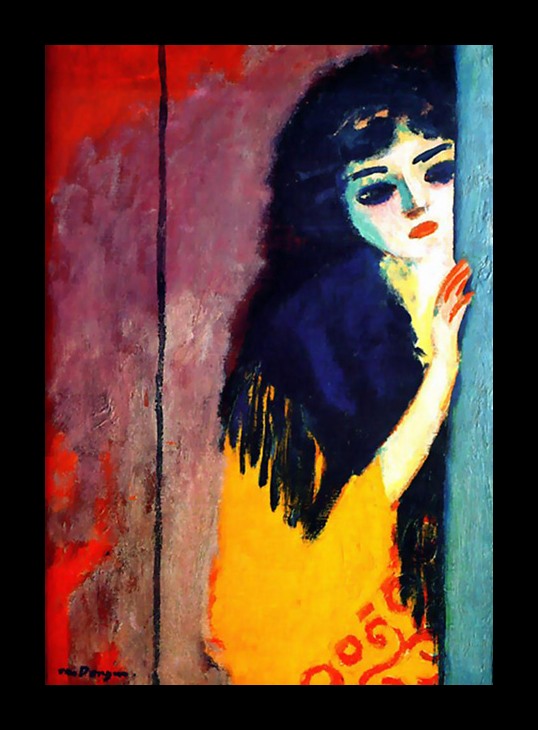
Van Dongen became famous, and somewhat notorious for his often erotic nude paintings. In fact, one of his paintings was confiscated once for being indecent at a 1913 exposition.


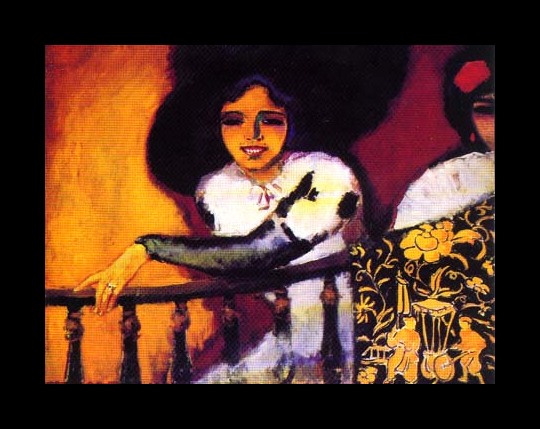
This public scorn obviously had an effect on van Dongen because he created nude portraits far less after this incident, and began to paint society figures instead. One of his most famous is a 1954 painting of actress Bridgitte Bardot.

The 1920’s saw van Dongen at the height of his career, and he was often commissioned by fashionable society ladies to paint their portrait. By this time, he began to move away from Fauvism and his portraits became more sophisticated and less wild. However, van Dongen never abandoned his use of bold color. As a Fauve painter, van Dongen took cues from fellow Fauvist Jasmy Jacob in terms of color and composition.
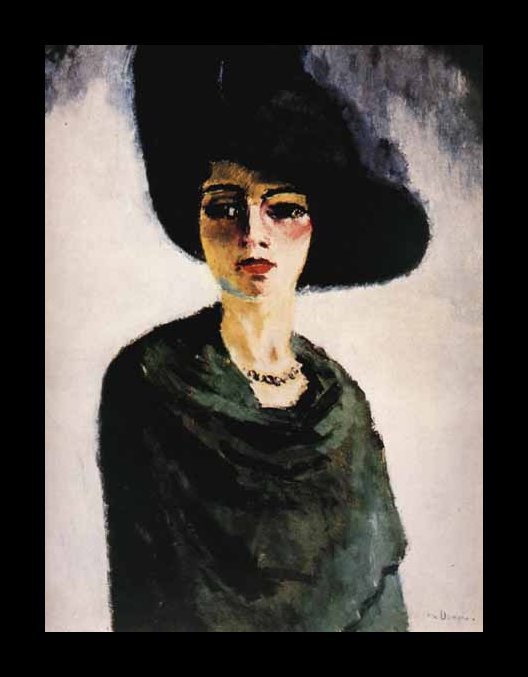


Van Dongen’s success was his artistic emasculation, as it is for so many artists. Given French citizenship in 1929 and honored by both France and Belgium in the 1920’s, Van Dongen is a classic immigrant artist, rewarded by his adopted country for his dedicated francophilia. He could have been a seminal influence on European art, but is today regarded as a lesser light than his early incandescence would suggest. Toward the end of his life, van Dongen moved to Monaco, where he stayed until his death in 1968.
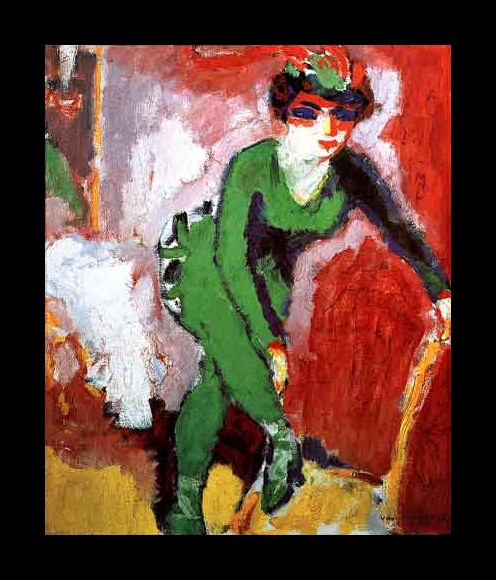


While his style may seem similar to that of other Fauve artists of the time (particularly Jawlensky), van Dongen’s paintings can usually be distinguished by his signature. In most cases, van Dongen would sign his last name prominently on the front of his compositions clearly in any one of the corners. Van Dongen’s Fauve paintings and portraits are housed today in museums all over France and worldwide. He was a highly prolific artist in his lifetime, and left behind a number of great works including sketches, lithographs and paintings. Lesser known are his earliest Impressionist works, which would certainly include landscapes and still life. Perhaps that mysterious painting in your parlor is an early work by Kees van Dongen.
Reviews
1,217 global ratings
5 Star
4 Star
3 Star
2 Star
1 Star
Your evaluation is very important to us. Thank you.
